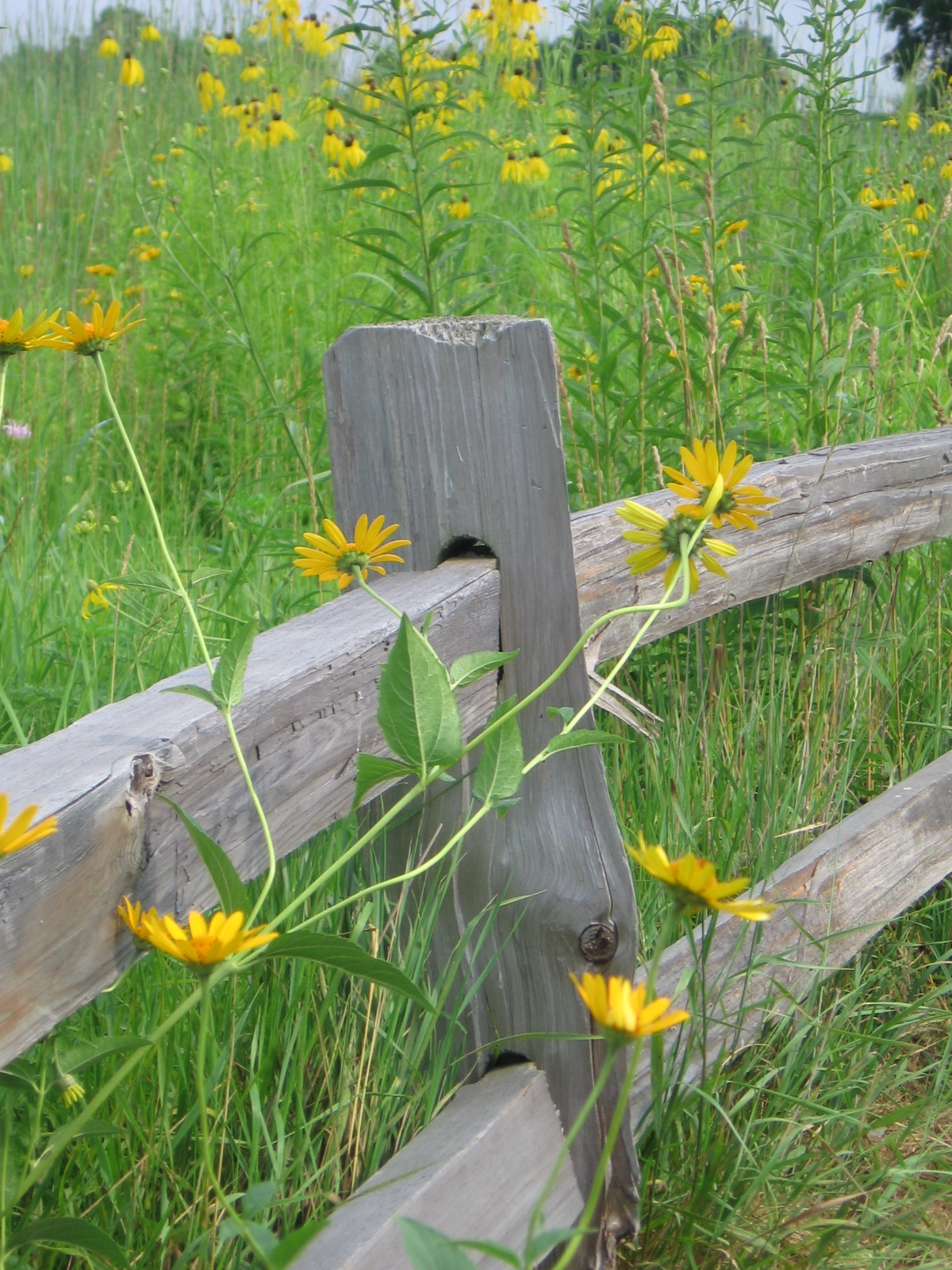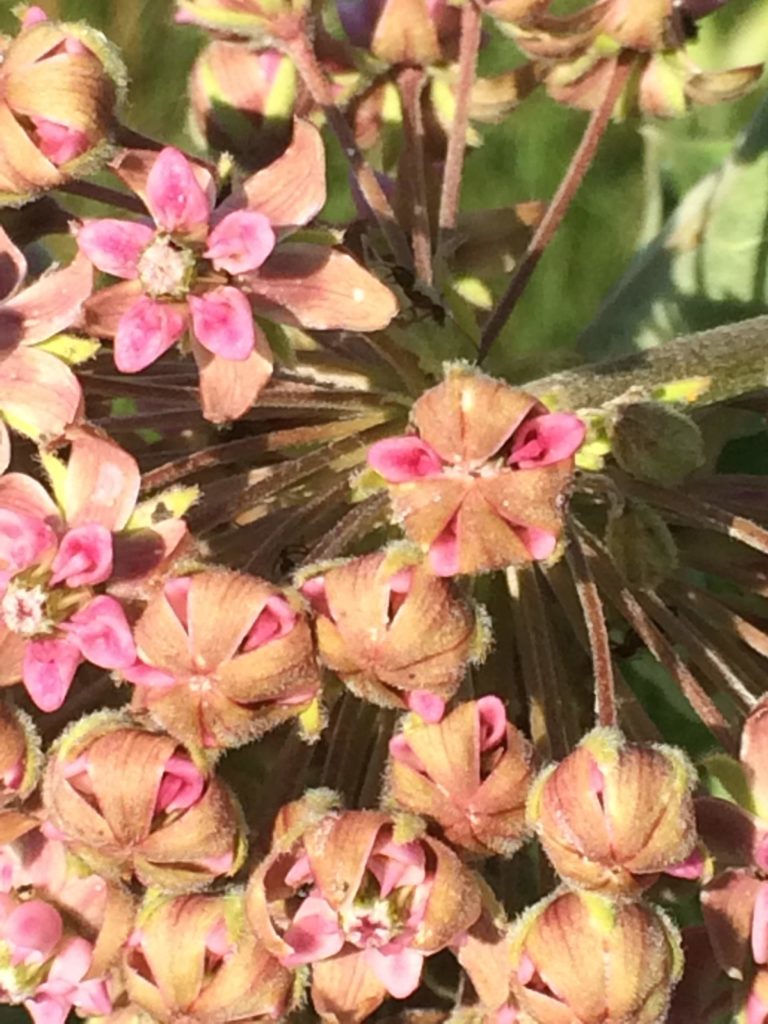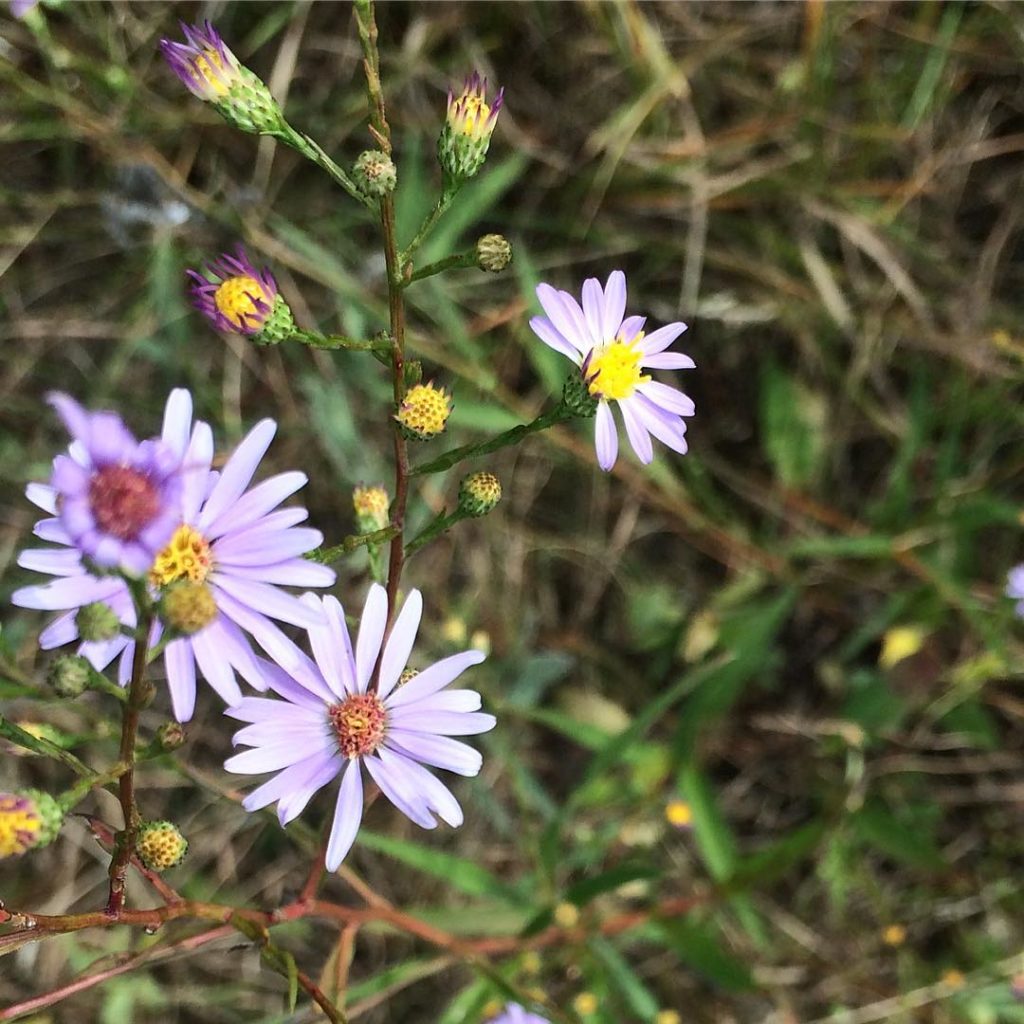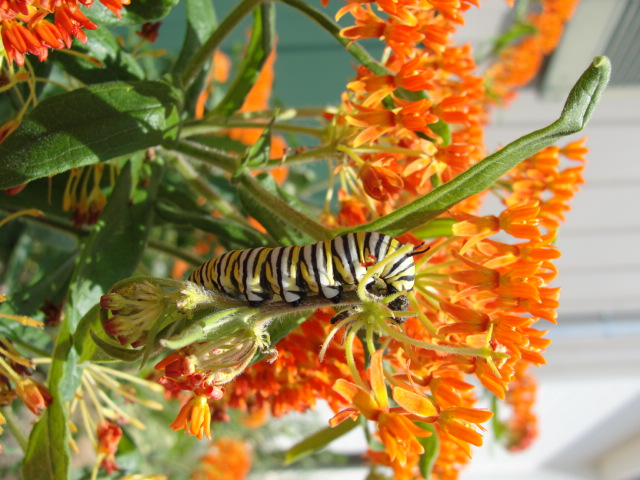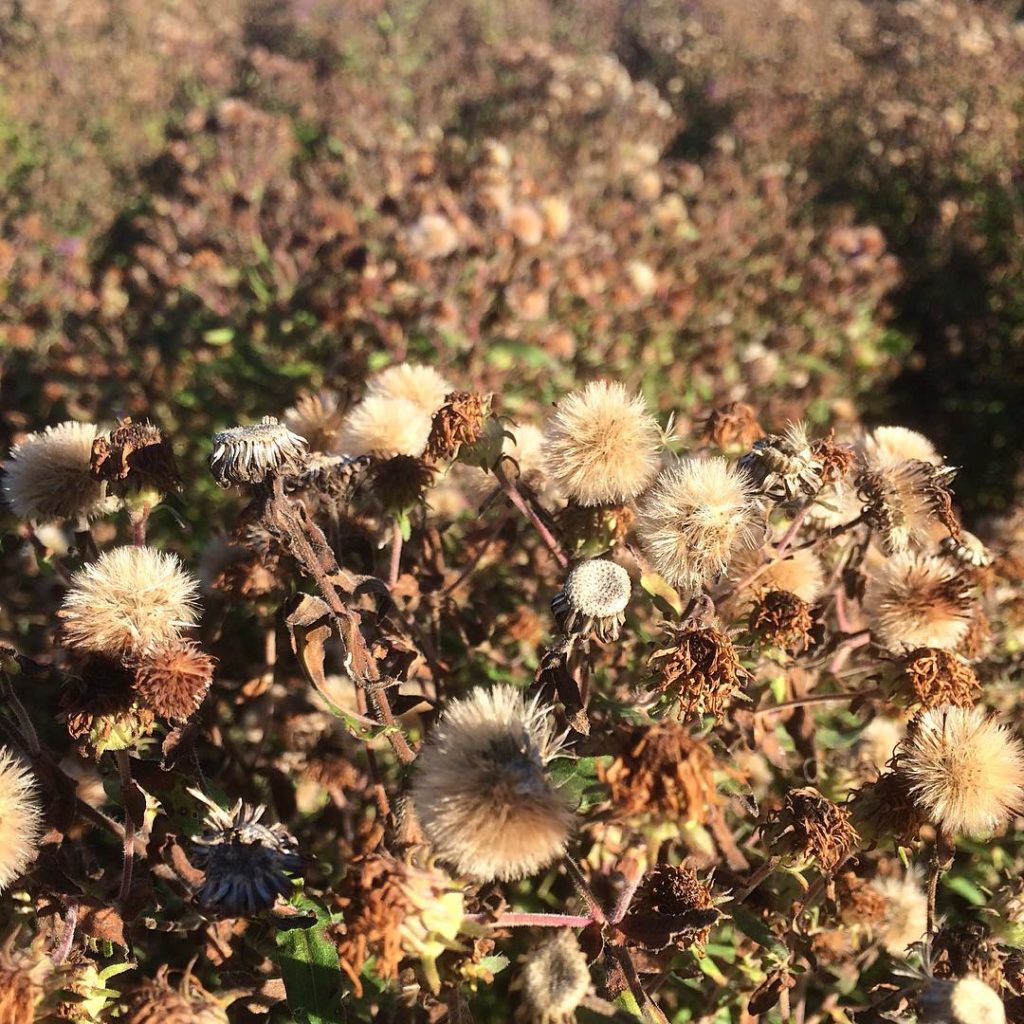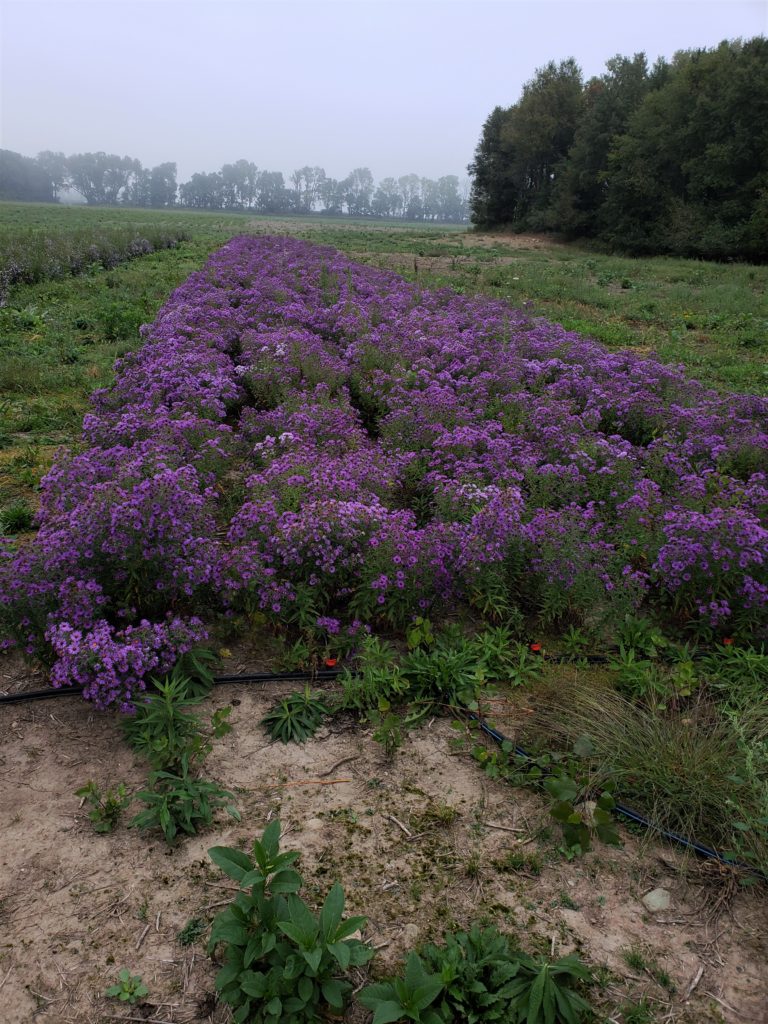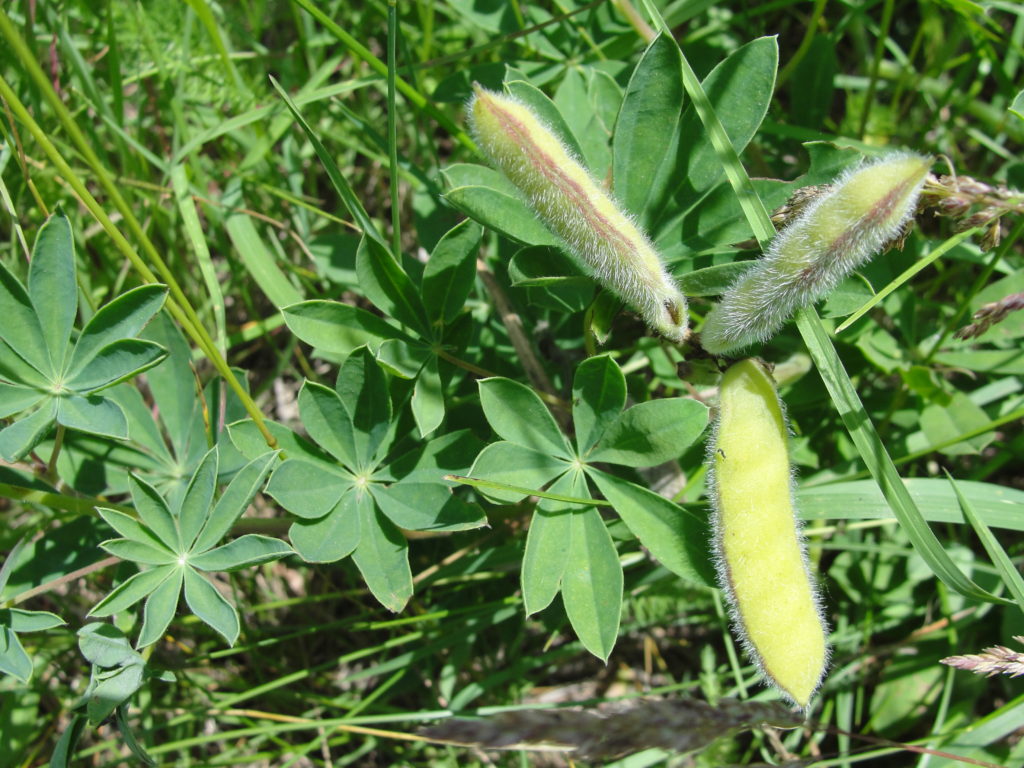FAQs
Seed can be measured by either bulk weight or by weight of Pure Live Seed (PLS). Native seed is often fluffy and contains a lot of inert (stems, hairs, etc.). Seed measured by PLS has been tested by an independent seed lab for purity and germination. (Example: Lab test shows 80% purity and 95% germination. PLS is 76% = 80% x 95%. 16 pls oz of seed = 16 / 76% = 21.05 oz of bulk seed.) Bulk measured seed contains some viable seed, but along with it comes an unspecified amount of nonviable seed and inert material. Many firms sell seed by bulk weight, leaving the customer unaware of the actual live/germinable seed content. We sell all of our grass and wildflower seed on a PLS basis, which means you will receive the amount of live seed you ordered.
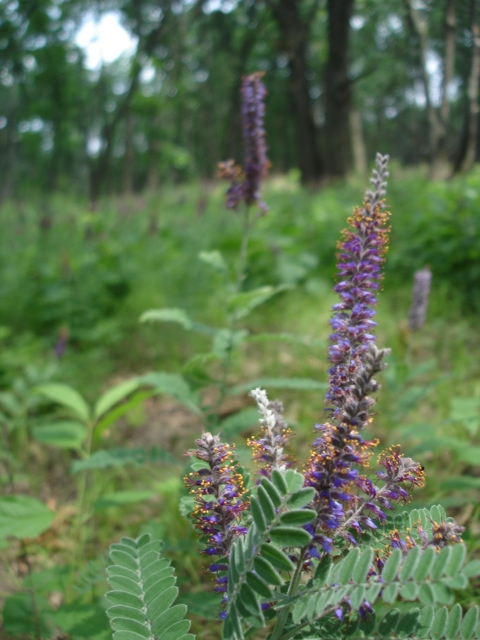 There are environmental and economic benefits to using native plants. They help maintain biodiversity, provide wildlife habitat, improve water quality, and do not require fertilizers or pesticides. Native plants, once established, will also save money and time. Deep-rooted native plants require less water and minimal maintenance.
There are environmental and economic benefits to using native plants. They help maintain biodiversity, provide wildlife habitat, improve water quality, and do not require fertilizers or pesticides. Native plants, once established, will also save money and time. Deep-rooted native plants require less water and minimal maintenance.
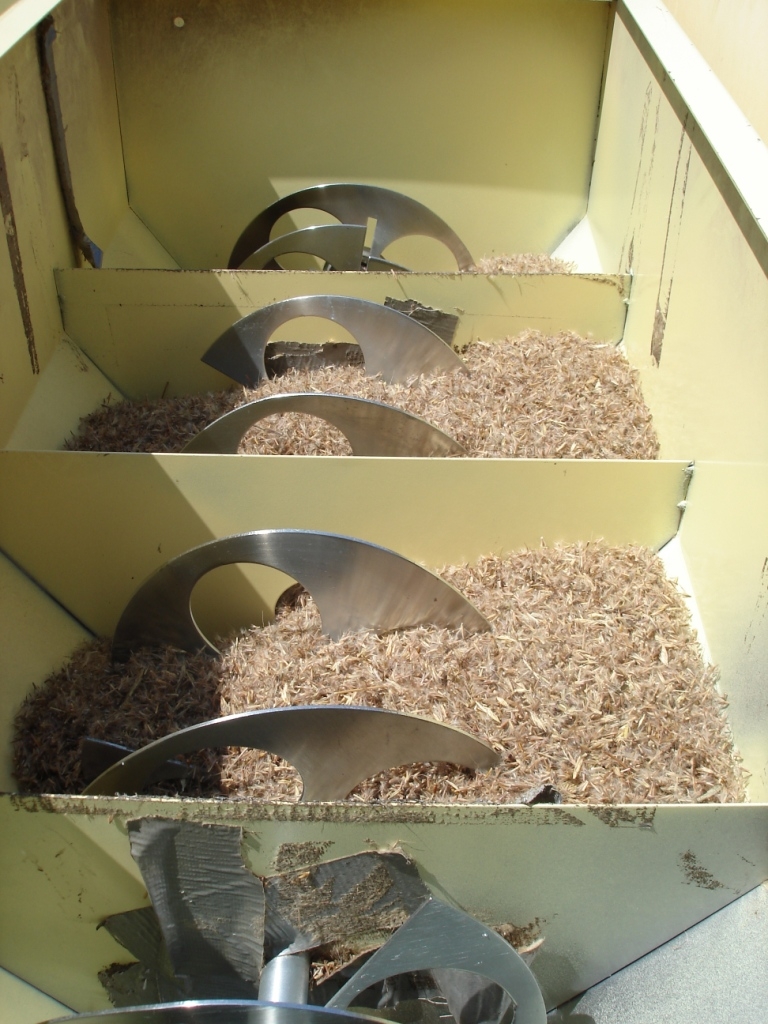 Calibration of the drill is critical and complicated and requires continual monitoring during installation. Drill adjustment for proper depth of seed placement is also important; several adjustments need to be made on a site-by-site basis, and even on differing soil conditions within the same site. If you rent a drill, there is often no one available to properly explain or demonstrate how to accurately use it. The proper use of this equipment is essential to achieving a successful native planting.
Calibration of the drill is critical and complicated and requires continual monitoring during installation. Drill adjustment for proper depth of seed placement is also important; several adjustments need to be made on a site-by-site basis, and even on differing soil conditions within the same site. If you rent a drill, there is often no one available to properly explain or demonstrate how to accurately use it. The proper use of this equipment is essential to achieving a successful native planting.
We have done landscape and restoration projects ranging from less than acre to more than 200 acres. We have created small backyard habitats, converted large agricultural fields to prairie, restored stream banks and nearby uplands, constructed wetlands, and more. Ask us how we can help you.
Though we do not provide these services directly anymore, we are happy to answer your questions and connect you with KNC Ecological Services or point you towards The Native Plant Guild for installations and maintenance projects.
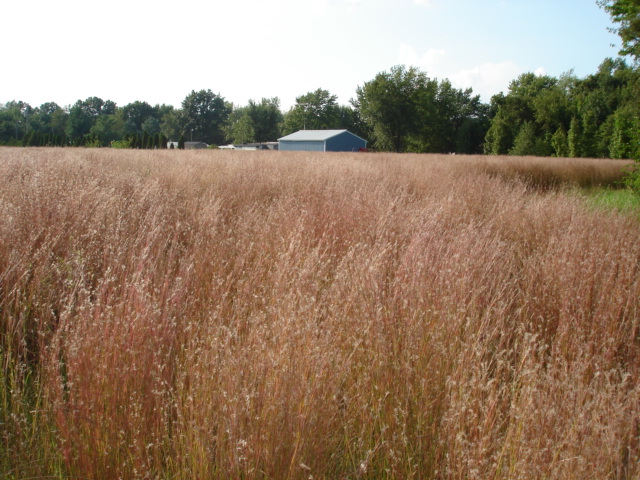 Local or regional genotype is recommended because it is naturally suited for the region and it preserves our local diversity. Seed may be obtainable from a cheaper, but more distant source. Some firms sell native seed that comes from as far away as Colorado, while advertising a bioregional approach. We produce native Michigan genotype grasses. We acquire our wildflower seed from the closest sources available in the Great Lakes region.
Local or regional genotype is recommended because it is naturally suited for the region and it preserves our local diversity. Seed may be obtainable from a cheaper, but more distant source. Some firms sell native seed that comes from as far away as Colorado, while advertising a bioregional approach. We produce native Michigan genotype grasses. We acquire our wildflower seed from the closest sources available in the Great Lakes region.
Cover crop and nurse crop are often used interchangeably but they are different and each has a distinct purpose. Technically, a cover crop is planted on a field prior to planting with a cash crop or other desired vegetation. It can do several things for a site: add nutrients, prevent wind/water erosion, and sometimes be harvested for supplemental income. Once the cover crop has served it’s purpose though,it is usually killed through tillage or spraying, and the desired vegetation is planted. Nurse crop, on the other hand, is grown along with the desired vegetation, and is included with most of our native seed mixes. Nurse crops are intended to help nurse along the native vegetation while it is slowly establishing on the site. A major benefit of nurse crop is that it comes up quickly, preventing soil erosion and adding manageable competition to invasive species that might otherwise take over a site quickly from windblown seed. The same set of species may be used for either purpose. Common cover and nurse crops are oats, annual rye grass, cereal rye (not recommended for native plantings) and winter wheat. Another benefit of using nurse crop in a native seed mix is simply to add bulk, making application easier in most cases since many people choose to install their seed mixes using a broadcast method. For the cost and benefit, we recommend using nurse crop.
You can definitely store seeds! We keep ours in a climate controlled room that stays around 50 degrees F and 50% humidity for long term storage. You can keep yours in a cool dry spot like a basement until you are ready to plant. Keeping seed for longer than a year may result in decrease in germination depending on the species but most are ok to hang out for awhile until the time is right. The only exception to this is the couple of wetland species which are not stored dry; they are wet and will mold if not refrigerated or planted immediately.
Yes! We are always looking for new opportunities to make valuable contributions to the availability of Michigan native plants from seed. In the past several years, we have added several wild-ryes to our production list and few native legumes that we hand collect from natural populations on our farm. We will be planting new species soon and will make those known as they become available.
